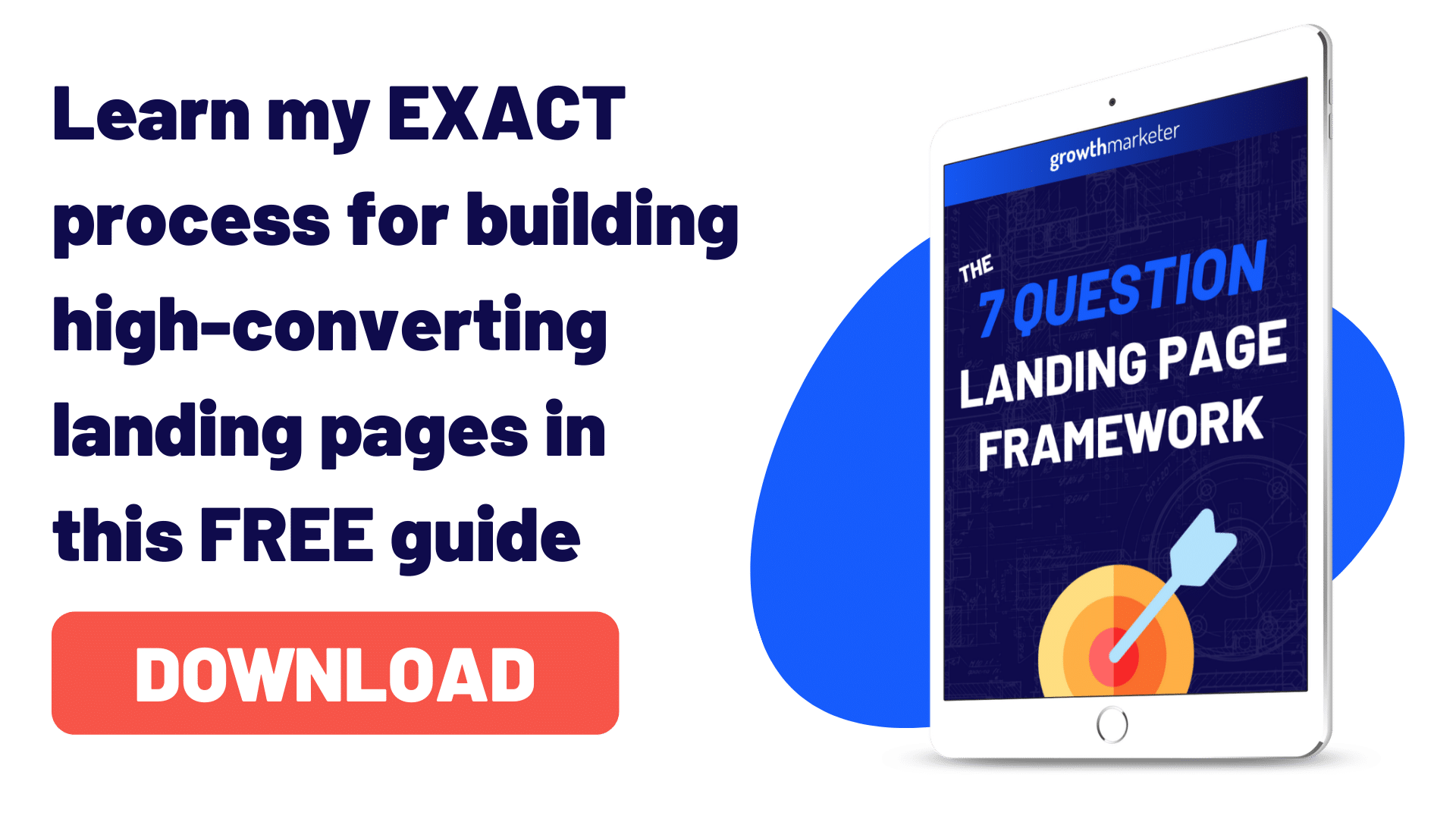These days, pretty much every marketer knows how important it is to use dedicated landing pages for their paid media campaigns, but what does it take to actually make the page successful?
Is just throwing together a simple dedicated landing page enough to get conversions, or do you need something else?
That’s the goal of this article. I want to help you understand the truth about landing pages—specifically that landing page optimization is much more than just putting together a quick page and calling it done.
The importance of testing
Landing page optimizers who get the best results do so through the process of testing. They rarely hit a homerun right out of the gate.
In fact, according to Econsultancy, over 40% of agencies see conversion optimization as crucial to their client’s success. Not just page building, but actual “CRO” work.
Yet, I see brands of all sizes launch campaigns with barebones landing pages all the time. You can tell that not much thought went into the pages. They simply had to get something launched.
And that can end up hurting your campaign more than it tries to help.
How so?
Well, for starters, the highest-converting landing pages are almost always the result of months (or even years) of testing and optimizing.
There’s no one-size-fits-all approach and no magical template that will convert at 80% from the start.
That’s why you need to begin every landing page project by collecting data, researching the target audience, and building the first draft of the page as more of a baseline to test rather than as a final product.
The sad truth is this: Just because you have a landing page, that doesn’t mean it’ll convert at a decent rate.
Choosing the right “elements”
So, you might be wondering… well, how do I know if my page is good enough? How do I know if I have the right elements in place?
And that brings us to the “elements” discussion.
Whenever we hear the worlds “elements” used in the context of landing pages, most marketers think of things like headlines, buttons, testimonials, hero images, forms, etc. And rightfully so. That’s how a lot of folks build their landing pages; they’re collections of elements.
But in order to really get to the heart of what the visitor wants, you need to think beyond elements. You need to think about the questions that your potential visitor may have as they visit your page for the first time.
If you answer the right questions for your visitor, you’ll have a much better chance at getting them to convert.
As a starting point, here are 7 questions that every landing page should answer:
- Do I quickly understand the big idea? (The Clarity Question)
- Can it specifically help me? (The Relevance Question)
- Do I like it? (The Affinity Question)
- Has it helped others? (The Influence Question)
- Do I trust it? (The Trust Question)
- Is there something special about it? (The Advantage Question)
- Can I easily take action now? (The Action Question)

If you answer those questions using various elements throughout your landing page, you’re off to a good start.
But still, it’s just a start.
Optimization is the key
You’ll want to continue testing your page and getting feedback on it in order to really get it performing at peak levels. And the only way to do that is through an ongoing, iterative process.
Just look at this graph from Econsultancy when they asked 424 marketers which methods they use to improve conversion rates:

What do these methods have in common?
Almost all of them require data and analysis. A lot of them refer to “testing.” Not just building and launching, but testing.
The main takeaway
So here’s the main takeaway from this article: Using a dedicated landing page is great, but you need to really put in the effort to make sure it has everything it needs to help convert your visitors into leads and customers. Simply put, that’s the truth about landing pages.
You can’t just expect a fresh redesign to perform better than your original landing page right out of the gate. And–surprise–sometimes that type of hurried, unscientific redesign can actually perform worse than the original!
There are no shortcuts in this line of work. Only by researching, testing, and optimizing can you continue to outshine the competition.





